A round up of issues from Russia for the first half of 2021 – War, Religion and History
As promised, here’s the second of our round-ups of coin releases from the major Eastern European Mints for the first half of 2021. We’ve already covered Slovakia, and probably one of the Baltic states will be next. These are our way of keeping up with some of the fine designs that emanate from the region as they often get missed out for flashier and more popular releases.
This time it’s Russia. We’ve already looked at the really nice space-themed Gagarin coin that came out a few months ago,but this is a relatively prolific producer, so here are the others. As you’d expect if you have even a passing knowledge of Russian coins, there’s lots of bureaucracy, military and esoteric places, all with a similar, utilitarian style.
While many are simple and unambitious affairs, there are some really terrific issues in amongst them. The Alexander Nevsky pair, especially the silver, look very attractive, and the Andrey Sakharov portrait is extraordinary – first class. All in all, a nice mix of subjects. They’re not the easiest to pick up outside of Russia, but site sponsor Munzdachs usually has a selection and will probably get you something they don’t have on hand. I’m off to find a silver Nevsky coin… Have a great weekend all.
Engineering corps are special forces that carry out the most complex engineering support tasks for joined command operations, requiring special training and the use of engineering equipment. They also inflict casualties on the enemy through the use of engineering munitions.
When preparing and carrying out joined command operations, engineering corps perform the following tasks: engineer reconnaissance of the enemy, terrain and facilities; construction of fortifications and field installations to deploy troops; construction of engineering obstacles, including minefields, explosive works, and non-explosive obstacles; demining of terrain and facilities; preparation and maintenance of troop movement routes; construction and maintenance of water crossings, including bridges; water extraction and treatment in field conditions, etc. In addition, they are involved in countering enemy intelligence and weapon guidance systems, imitating troops and facilities, providing disinformation to deceive the enemy and performing deceptive actions, as well as dealing with the consequences of the enemy’s use of weapons of mass destruction.
In peacetime, engineering corps perform a number of socially important tasks: they clear the area of explosive objects, participate in the elimination of the consequences of man-made accidents and disasters, natural disasters, prevent the destruction of bridges and hydraulic structures during ice drift, etc. Source: https://mil.ru
REVERSE COIN 1: the mirror field of the disc features a relief image of the emblem of the engineering corps of the Armed Forces of the Russian Federation and the inscription along the lower rim: ‘ИНЖЕНЕРНЫЕ ВОЙСКА’ (ENGINEERING CORPS)
REVERSE COIN 2: the mirror field of the disc features relief images of a sapper with a mine detector working in the field and the inscription along the upper rim: ‘ИНЖЕНЕРНЫЕ ВОЙСКА’ (ENGINEERING CORPS).
DESIGNER: A.D. Schablykin
| DENOMINATION | COMPOSITION | WEIGHT | DIAMETER | FINISH | MINTAGE | BOX / COA |
|---|---|---|---|---|---|---|
| 1 Ruble | 0.925 silver | 7.78 g | 25.0 mm | Proof | 5,000 | YES / YES |
| 1 Ruble | 0.925 silver | 7.78 g | 25.0 mm | Proof | 5,000 | YES / YES |
Alexander Nevsky (1221–1263) was a military leader who defeated the Teutonic Knights on frozen Lake Peipus. He was also a distinguished diplomat masterfully asserting national interests against the Golden Horde Khan.
In 1240, the Swedes landed at the mouth of the Neva River to march against Novgorod, and the Livonian Knights besieged Pskov. Without waiting for an assault from the Swedes, Alexander Nevsky with a small detachment of Novgorod and Ladoga residents advanced towards the Neva River and, catching the Swedes off guard, decisively defeated their troops. On 5 April 1242, Novgorod and Suzdal residents vanquished the Livonian Order forces, thus destroying the opportunity for the Western neighbours to advance further to the East.
A memorial was erected in Pskov in 1993 to commemorate the famous deed of the Grand Prince Alexander Nevsky. The thirty-metre sculptural composition made of bronze and granite and weighing more than one and a half hundred tons embodies the unity and valour of the nation in the fight against enemies and the unity and integrity of the Russian land that defended its independence from the Catholic West. Source: https://www.culture.ru
REVERSE SILVER: the mirror field of the disc features a relief image of the Grand Prince Alexander Nevsky, armoured and on horseback under a wavering banner, against the background of images of an orthodox church (to the left) and an army (to the right); below, along the rim there is an inscription: ‘АЛЕКСАНДР НЕВСКИЙ’ (ALEXANDER NEVSKY)
REVERSE GOLD: the mirror field of the disc features a relief image of the ‘Battle on the Ice’ monument against the background of a panoramic view of the medieval Pskov; below, along the rim there is an inscription: ‘АЛЕКСАНДР НЕВСКИЙ’ (ALEXANDER NEVSKY).
DESIGNER: O.G. Shepel
| DENOMINATION | COMPOSITION | WEIGHT | DIAMETER | FINISH | MINTAGE | BOX / COA |
|---|---|---|---|---|---|---|
| 3 Rubles | 0.925 Silver | 33.94 g | 39.0 mm | Proof | 3,000 | YES / YES |
| 100 Rubles | 0.999 Gold | 15.72 g | 30.0 mm | Proof | 1,000 | YES / YES |
The European Football Championship is a competition between the European football national teams under the auspices of the Union of European Football Associations. The championship is held every four years.
Due to the COVID-19 pandemic, European Football Championship was postponed until 2021. The final stage will take place from 11 June through 11 July 2021.
For the first time in its 60-year history, the final tournament will be held all over the continent. 11 cities will host European Football Championship matches: London, Baku, Munich, Rome, Saint Petersburg, Amsterdam, Bucharest, Seville, Budapest, Copenhagen, and Glasgow. Source: https://ru.uefa.com
REVERSE SILVER: the mirror field of the disc features a coloured image of the official emblem of the championship and a relief image of the Saint Petersburg stadium where football matches will take place against the background of symbols of Saint Petersburg.
REVERSE GOLD: the mirror field of the disc features a relief image of the official emblem of the championship against the background of symbols of Saint Petersburg.
DESIGNER: A.D. Schablykin
| DENOMINATION | COMPOSITION | WEIGHT | DIAMETER | FINISH | MINTAGE | BOX / COA |
|---|---|---|---|---|---|---|
| 3 Rubles | 0.925 Silver | 33.94 g | 39.0 mm | Proof | 3,000 | YES / YES |
| 50 Rubles | 0.999 Gold | 7.89 g | 22.6 mm | Proof | 2,400 | YES / YES |
Nizhny Novgorod was founded in 1221 by Yury Vsevolodovich, the Grand Prince of Vladimir, who was the grandson of Prince Yury Dolgoruky, the founder of Moscow. The fortress was built in an extremely advantageous military and strategic place, i.e. on the mountain dominating the confluence of two rivers – Oka and Volga.
At the end of the 15th century, a stone kremlin was erected in the city to become an outstanding example of Russian fortification construction art. In the winter of 1612, the kremlin walls became the starting point for the militia troops headed by Kuzma Minin and Dmitry Pozharsky to fight the Polish-Lithuanian invaders.
Following the capture of Kazan and Astrakhan by Ivan the Terrible, Nizhny Novgorod became the centre of all trading routes between the Russian state and the East. Makaryevskaya Fair, the largest national fair, appeared and operated in this city.
Today, Nizhny Novgorod is the centre of the Volga Federal District, a million-plus city, and the fifth Russian city by the number of inhabitants. During its long history, Nizhny Novgorod has become a significant commercial and industrial centre, without losing its ancient beauty and magnificent views. Source: https://нижнийновгород.рф
REVERSE SILVER: the mirror field of the disc features a relief image of the North-Eastern wall of the Nizhny Novgorod Kremlin and the Chkalov staircase going down to the Volga river; there are inscriptions: ‘НИЖНИЙ НОВГОРОД’ (NIZHNY NOVGOROD) along the upper rim and ‘800 ЛЕТ’ (800 YEARS) at the bottom.
REVERSE GOLD: the mirror field of the disc features a relief image of the Dmitrievskaya Tower of the Nizhny Novgorod Kremlin; there are inscriptions: ‘НИЖНИЙ НОВГОРОД’ (NIZHNY NOVGOROD) along the upper rim and ‘800 ЛЕТ’ (800 YEARS) at the bottom.
DESIGNER: A.A. Brynza
| DENOMINATION | COMPOSITION | WEIGHT | DIAMETER | FINISH | MINTAGE | BOX / COA |
|---|---|---|---|---|---|---|
| 3 Rubles | 0.925 Silver | 33.94 g | 39.0 mm | Proof | 3,000 | YES / YES |
| 50 Rubles | 0.999 Gold | 7.89 g | 22.6 mm | Proof | 1,000 | YES / YES |
The Nativity of the Virgin Bobrenev Monastery is located in the village of Staroe Bobrenevo near Kolomna in the Moscow Region.
According to the legend, it was founded at the end of the 14th century by Grand Prince Dmitry Donskoy and his war governor D. M. Bobrok-Volynsky on a vow after the victory in the Battle of Kulikovo. Although there is no documentary evidence of the time of construction, archaeological evidence confirms the early dating of the monastery. During the inspection of the modern Nativity of the Virgin Cathedral, the foundations of an ancient temple dating back to the second half of the 14th century were found. This allowed archaeologists to assume that a temple was found in the laying of which Dmitry Donskoy himself took part.
Two stone churches have survived to this day: the cathedral in honour of the Nativity of the Virgin, built in 1790 and significantly reconstructed in 1830, and the church in honour of Our Lady of Saint Theodore with two side chapels: in honour of Our Lady of Kazan and Saint David of Thessalonika (built in 1861).
Our Lady of Saint Theodore is among the most venerated relics of the monastery. Source: http://bobrenev.ru
REVERSE SILVER: the mirror field of the disc bears a relief image of the monastery and the inscriptions along the rim: ‘БОГОРОДИЦЕРОЖДЕСТВЕНСКИЙ БОБРЕНЕВ МУЖСКОЙ МОНАСТЫРЬ’ (NATIVITY OF THE VIRGIN BOBRENEV MONASTERY) at the top and ‘МОСКОВСКАЯ ОБЛАСТЬ’ (MOSCOW REGION) at the bottom.
DESIGNER: F.S. Andronov
| DENOMINATION | COMPOSITION | WEIGHT | DIAMETER | FINISH | MINTAGE | BOX / COA |
|---|---|---|---|---|---|---|
| 3 Rubles | 0.925 silver | 33.94 g | 39.0 mm | Proof | 3,000 | YES / YES |
Andrei Sakharov (1921–1989) was a Russian physicist, member of the Soviet Academy of Sciences, public figure, and human rights activist.
In 1942, he graduated from the Physics Department of Moscow State University with an honours degree in defence extractive metallurgy. In 1945, he entered the Physical Institute of the Soviet Academy of Sciences (FIAN) to study for his Ph. D. Three years later, a special-purpose research group was established in FIAN to verify the calculations related to the development of a hydrogen bomb. Andrei Sakharov joined that group. The project was initially based on information received from foreign scientists. However, Sakharov proposed a fundamentally new design for a thermonuclear charge. The first test of a hydrogen bomb took place on 12 August 1953. That October, Sakharov was unanimously elected a member of the Academy of Sciences.
An ‘improved’ hydrogen bomb, developed by the same group, was tested in 1955. By that time, Sakharov had already started to think about humanitarian consequences of nuclear tests. He published his first article on radioactive consequences of thermonuclear blasts in 1958, calling to stop the tests. In 1963, the USSR, the UK, and the USA signed the Partial Test Ban Treaty.
Since the 1960s, Sakharov became deeply involved in public activities. He spoke against the new law that allowed for ‘a larger-scale persecution for beliefs and information activity’. As a member of the Baikal Committee, he fought to ban industrial activity on the lake shore. In 1968, he wrote an essay ‘Reflections on Progress, Peaceful Coexistence, and Intellectual Freedom’. Since 1970, he was a member of the Committee on Human Rights.
Andrei Sakharov was awarded the Nobel Peace Prize in 1975. Source: https://www.culture.ru
REVERSE SILVER: the mirror field of the disc features a relief image of A. Sakharov’s portrait, a relief image of the atom diagramme on the right against a stylised background and, between these two images, a facsimile of the academician’s signature, vertically aligned, and his life years – ‘1921’ and ‘1989’ in two lines.
DESIGNER: A.V. Baklanov, National Artist of Russia
| DENOMINATION | COMPOSITION | WEIGHT | DIAMETER | FINISH | MINTAGE | BOX / COA |
|---|---|---|---|---|---|---|
| 2 Rubles | 0.925 silver | 17.0 g | 33.0 mm | Proof | 5,000 | YES / YES |
Back in 1698, after learning about silver ore deposits found near the Kitat River, Peter I ordered the Tomsk governor ‘to render all possible and diligent assistance for the development of ore exploration and production in the area of the tributaries of the Kiya River.’ This was how the silver ore of Salair, the iron ore of Gornaya Shoriya, and the gold of Kuznetsk Alatau were discovered.
The 18th century was the starting point for the industrial development of the Kuznetsk land. In 1721, Mikhailo Volkov, a Cossack descendent, found a ‘burnt mountain’ on the bank of the Tom River, becoming the discoverer of Kuznetsk coal. Akinfiy Demidov, a manufacturer from the Urals, was the first to show interest in the development of Kuznetsk coal.
After the October 1917 Revolution, Kuzbass became part of the West Siberian Territory and then, the Novosibirsk Region. During the Great Patriotic War, Kuzbass was the main supplier of coal and metal.
In 1943, for the purpose of increasing the production of coal, metals and military products needed for the front by Kuzbass enterprises, the Presidium of the Supreme Soviet of the USSR issued a decree on 26 January with a decision to detach Kuzbass from the Novosibirsk Region and to create the Kemerovo Region in its territory. The city of Kemerovo became the regional centre.
Today, Kuzbass is the most developed and densely populated region of Western Siberia. The three corner stones of this region’s economy are the coal mining, metallurgical and chemical industries. Downhill ski tourism is a new developing industry of Kuzbass. Source: https://ako.ru
REVERSE SILVER: the mirror field of the disc bears relief images of the contour of the Kemerovo Region – Kuzbass, a symbol commemorating the 300th anniversary of Kuzbass, the monument ‘Zolotaya Shoriya’, Sheregesh ski resort, the Barnaul gates of the Kuznetsk fortress, as well as images depicting the industrial power of the region.
DESIGNER: F.S. Andronov
| DENOMINATION | COMPOSITION | WEIGHT | DIAMETER | FINISH | MINTAGE | BOX / COA |
|---|---|---|---|---|---|---|
| 3 Rubles | 0.925 silver | 33.94 g | 39.0 mm | Proof | 3,000 | YES / YES |
‘Umka’ is a Soviet cartoon filmed by directors Vladimir Pekar and Vladimir Popov at the Soyuzmultfilm studios in 1969. The story about a little polar bear created by Yury Yakovlev was popular among many generations of spectators. Source: https://www.culture.ru
REVERSE: the mirror field of the disc bears a coloured image of the characters of the ‘Umka’ animation film against the background of ice and the sky full of stars; at the top there is an inscription ‘УМКА’ (UMKA).
DESIGNER: F.S. Andronov
| DENOMINATION | COMPOSITION | WEIGHT | DIAMETER | FINISH | MINTAGE | BOX / COA |
|---|---|---|---|---|---|---|
| 3 Rubles | 0.925 silver | 33.94 g | 39.0 mm | Proof, colour | 7,000 | YES / YES |



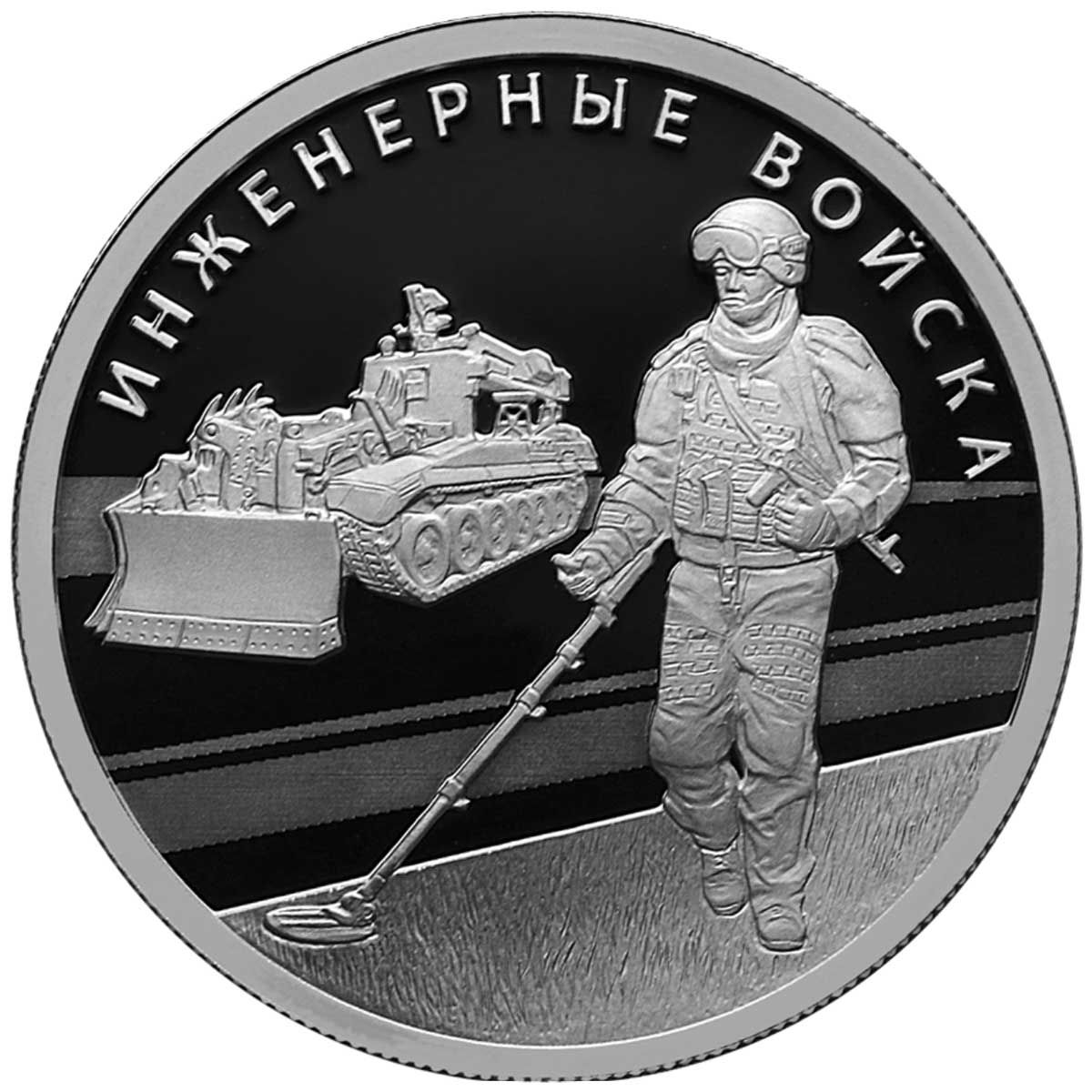
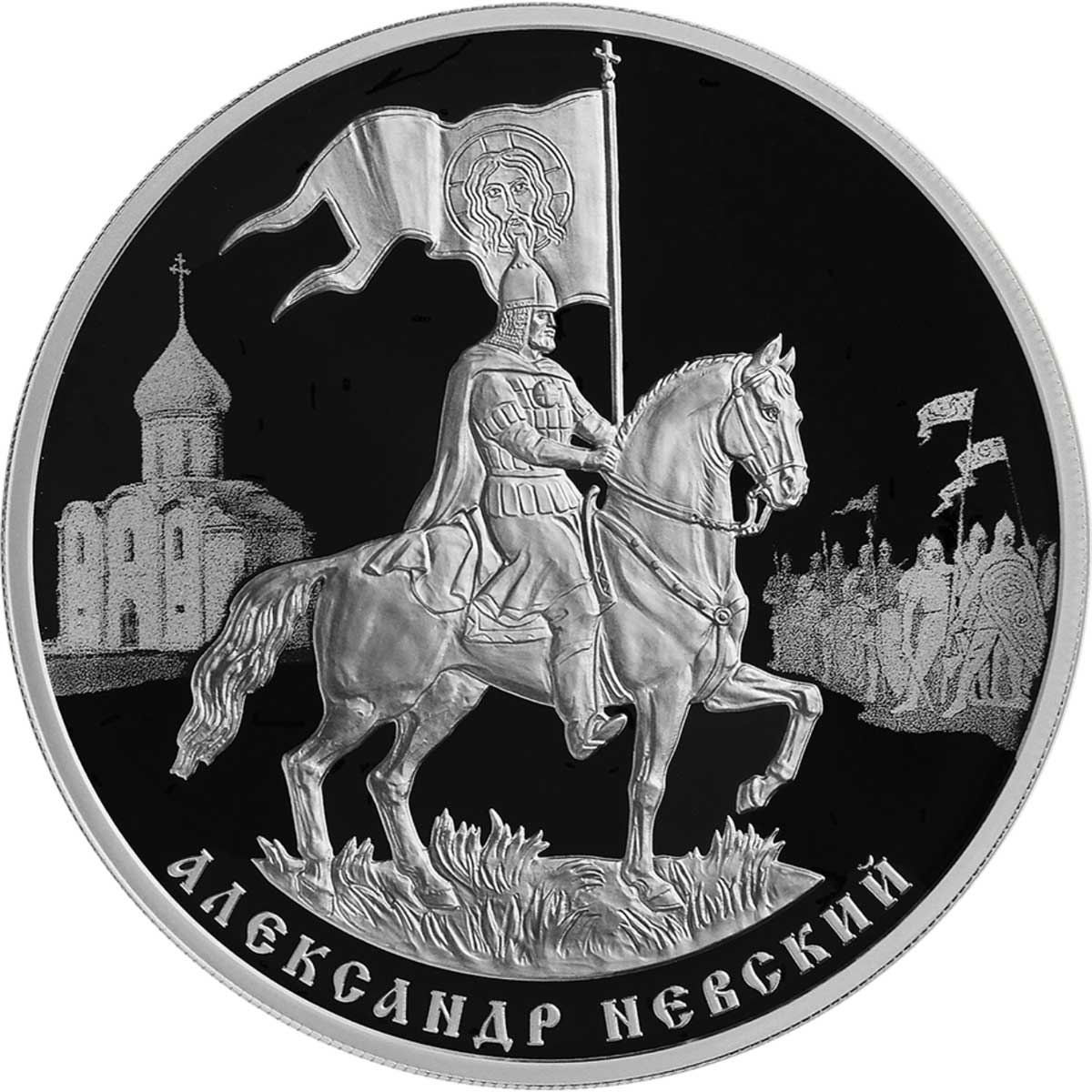

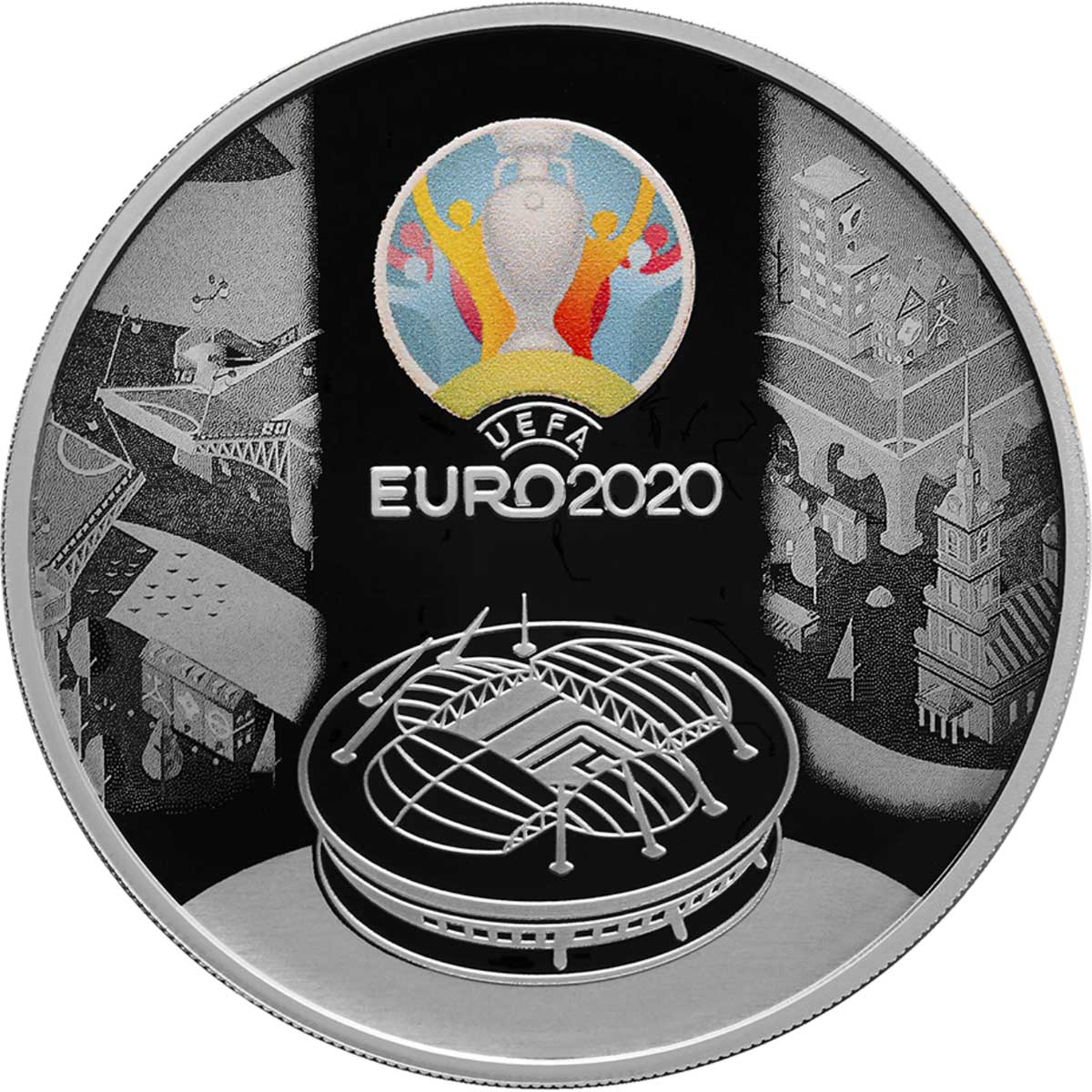


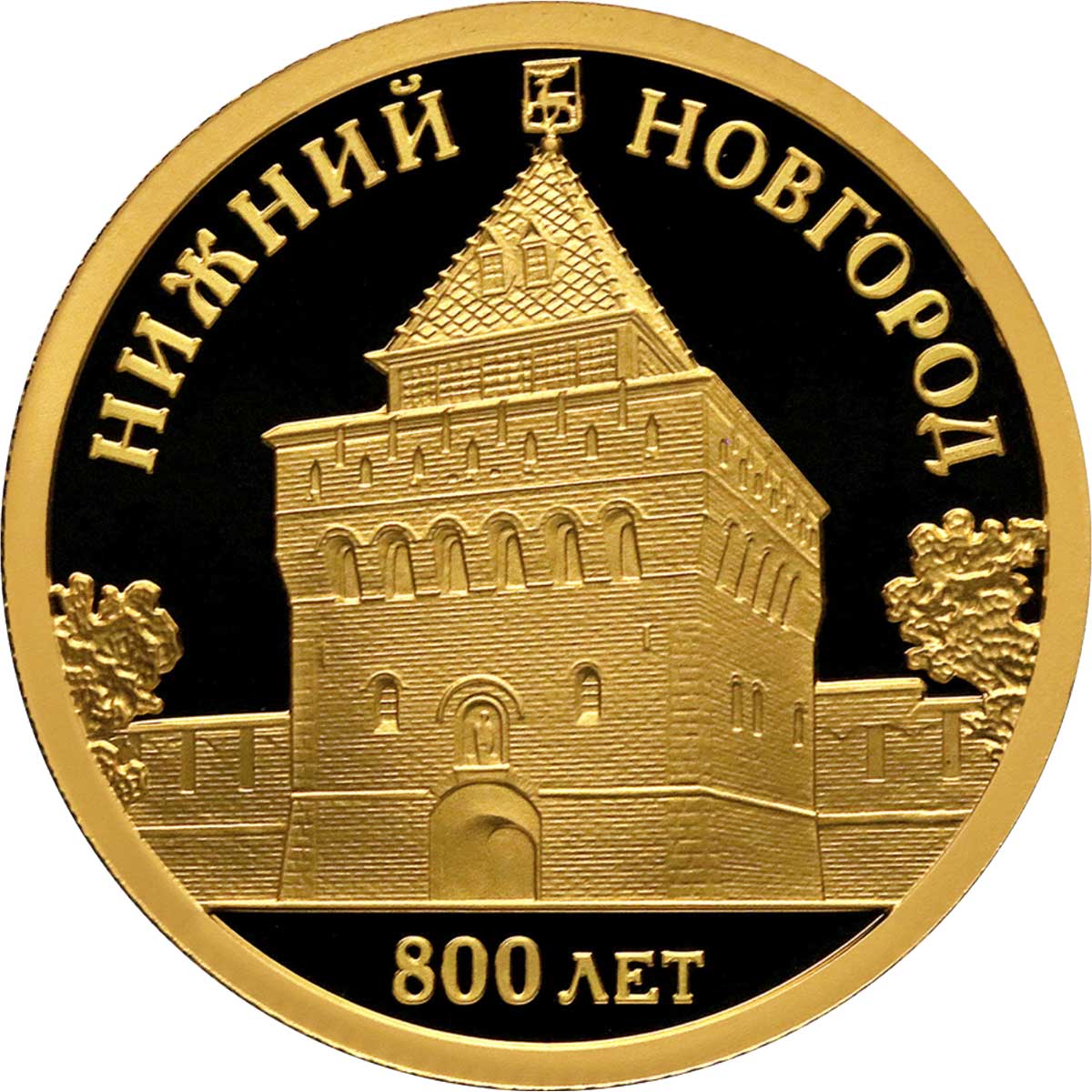

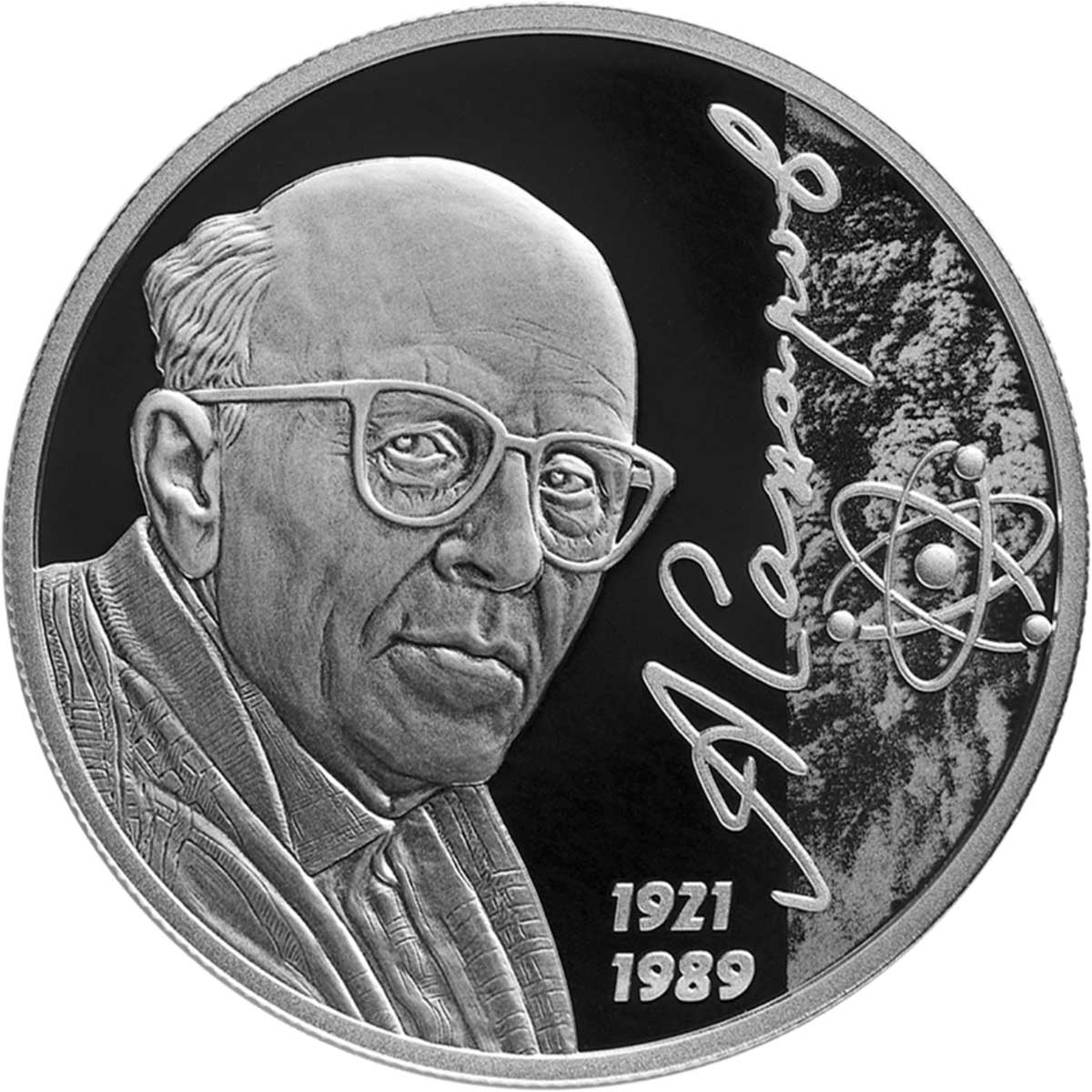

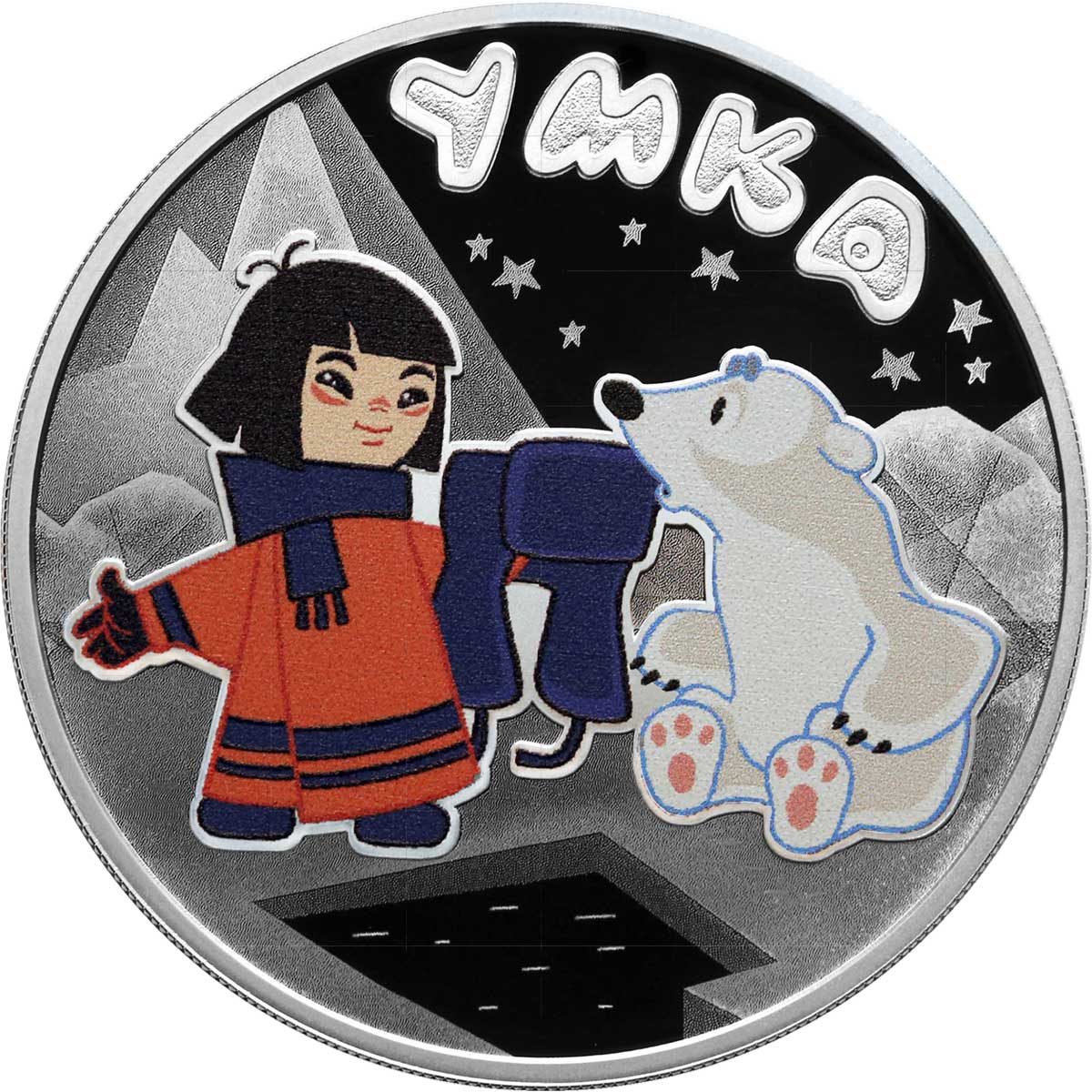
Leave A Comment